Blended Classroom Best Practices
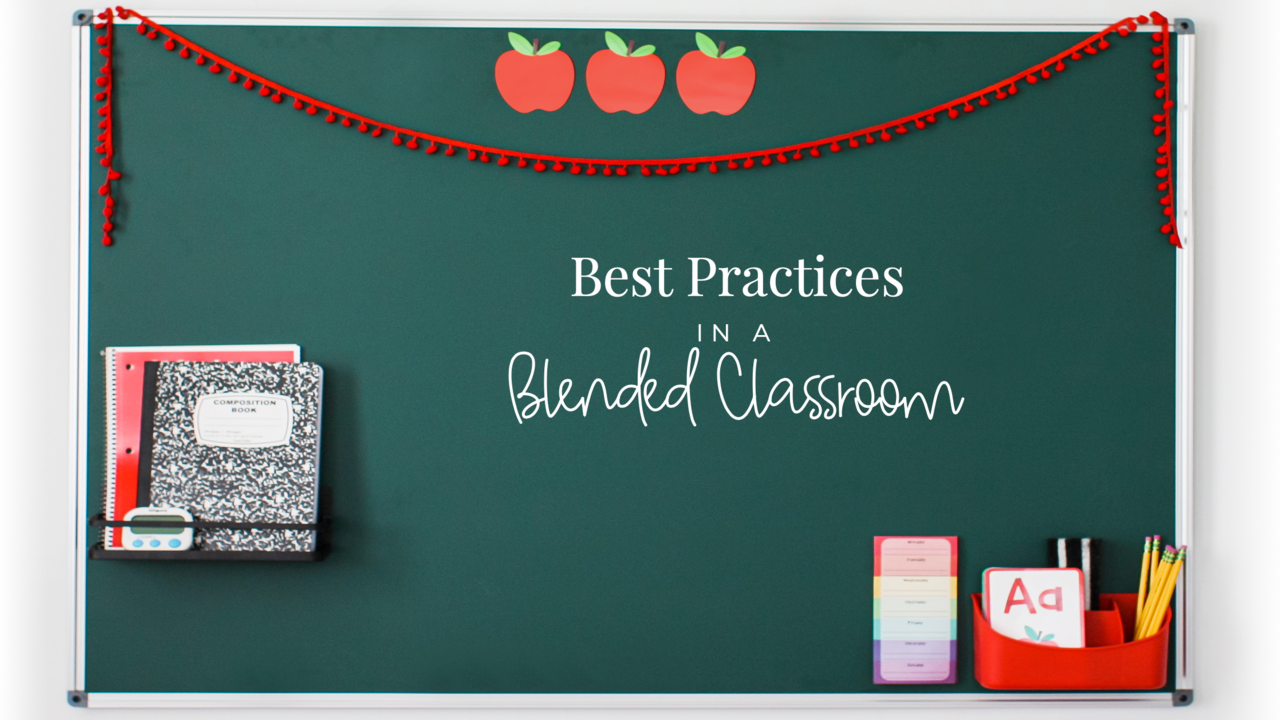
We are all keenly aware that no matter what decision our schools have made about starting the school year, it could change in a split second, more than once. But, as the resilient teachers that we are, we want to be ready for anything.
Many of us are preparing for what we're calling a blended or hybrid format, where we'll have half of our students one half of the week, and the other half of our students the other half of the week, or some variation thereof.
Something I've been saying for a few months now, and that was a rude awakening for many teachers in the spring is that the basic flipping techniques that I teach about on this blog and inside of programs like my online course, Flipped Classroom Formula, are ones that not only allow you the flexibility to make. it. happen. in a blended format, but allow the work you're doing now to count after all this distance learning stuff is over.
But, here's the thing. Will it ever be over? Lord help us, I hope so. The better question wou...
A Teacher's Dilemma
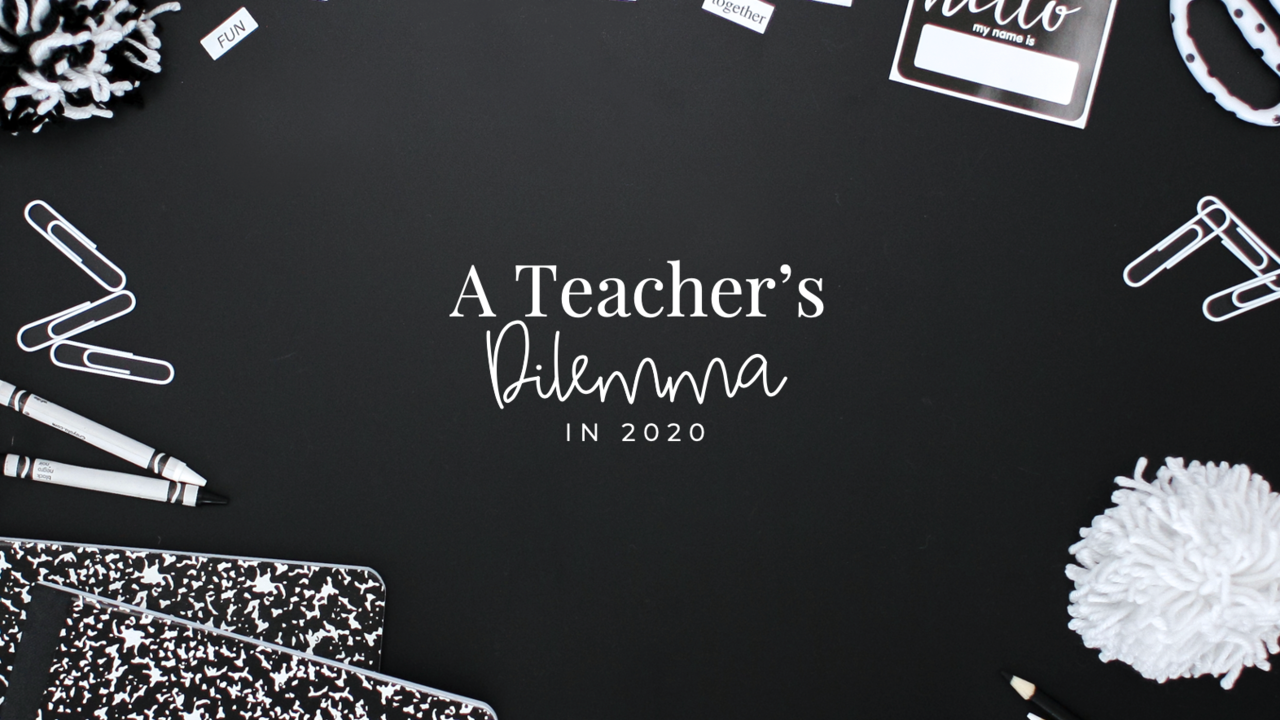
Not gonna lie, I've been a little down lately thinking of prospects for next year. It seems like in the last two weeks things have really taken a turn away from the general conversation of "things are looking much better, maybe we can just be smart as individuals and all go back to school," to more of "holy crap numbers are trending up and is school really going to be safe?"
Seriously, it's such a bummer.
Although I don't want this post to be a super drain or a pity party for teachers, I would like it to be one that brings a bit more awareness to what teachers are uniquely facing as we enter this school year compared to other industries. I'd also like it to be a post that empowers teachers within the influence they still have, even given the unprecedented circumstances.
A Teacher's Unique Situation

The process of state's pulling back on what were their stay-at-home orders back in May were very much fueled by the desire to get the economy back open for the summer (and probably e...
Grading in an Online Classroom

Whether your building will be in a completely virtual setting or a mixed bag with the blended model, grading is going to shift in some way in your classroom this coming school year.
And, just like in our Flipped Teacher Facebook group last week, I have a challenge for you...
Let it.
Let the pandemic and the reality of remote learning thrust upon us make a shift in your grading structures. I don't necessarily know what it should look like, or what the paradigm of grading will ultimately be, but I'd like to contribute some thought-provoking points on this whole grading thing, especially in the context of distance learning.
The Change we've been asking for
Could this pandemic and the necessity of remote learning be the catalyst we've needed to make some large, and necessary paradigm shifts in education? Particularly with grades?
I don't necessarily have the answer to that question, but it seems to me that if we teachers have been begging for less testing, more authentic, real-worl...
3 Tips for a Teacher's Video Background at Home
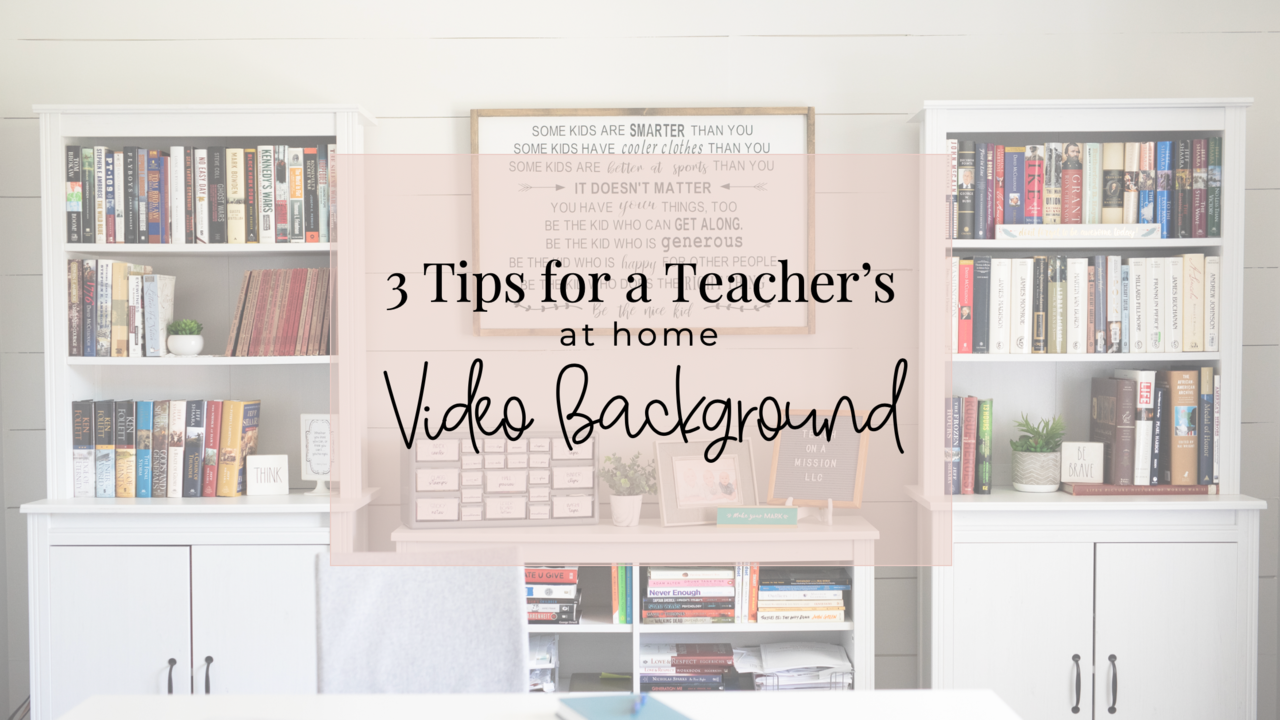
Let's get back to the step-by-step, practical, take-action tips that we teachers so LOVE... is that alright?
Super.
This week, I'd like to focus on a very sure reality that is shifting for teachers, and that is making video for our classrooms.
Here's the thing, no matter if we go back to a traditional setting, a hybrid model, or fully online next year, we teachers need to be ready for any of those setups to change one a DIME! As a mother, I am predicting that although my sons' school will start normal next year, entire buildings will be shut down WHEN one student or staff member tests positive. I just don't see how to avoid it.
Please know that I'm not saying that to invoke panic amongst teachers (or mothers for that matter). I offer up my prediction as a way to get ourselves prepared (both as teachers and parents, by the way). Prepared for what, you might ask... prepared to be flexible in an every changing educational setting so that it's not over strenuous on us or our stude...
Hear from the Students of the Flipped Classroom
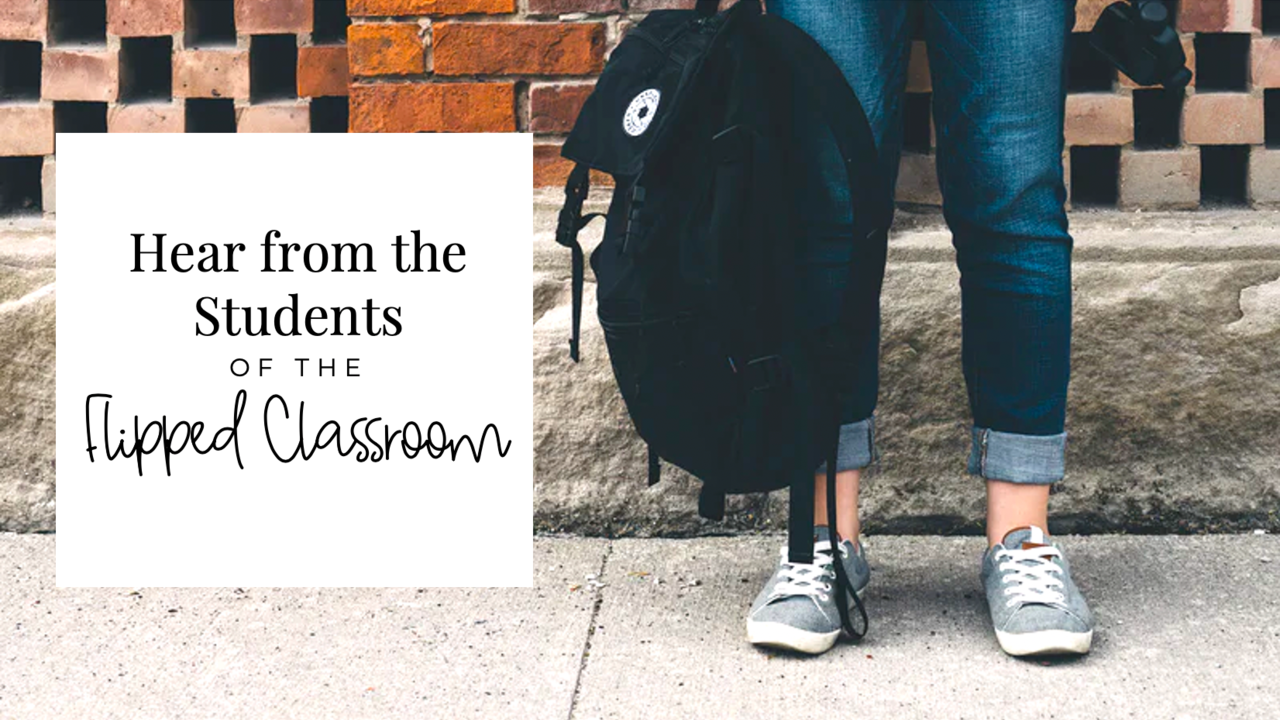
Last week's post was a walk down memory lane and a bit of a challenge about talking to students in the flipped classroom - how it allows the time and teacher-brain space to have personal, one-on-one conversations with each of your students more often than the opportunity arises in the traditional classroom.
This week, we'll focus on hearing from students of the flipped classroom.
So often, for various reasons, primarily for safety of students, we only hear about classroom experiences from teachers. Meaning, when it comes to soliciting experience inside the classroom when we're wanting to make decisions for our own classrooms, we only hear from teachers.
I am by NO means saying this is a bad thing, because, hey, even our most mature and articulate students are still, well, kids. Less experienced, holding less expertise, and a different, less informative perspective.
But what if we could hear from students about their classroom in objective ways?
I feel like their opinions could...
Talk to Every Student Every Day in the Flipped Classroom
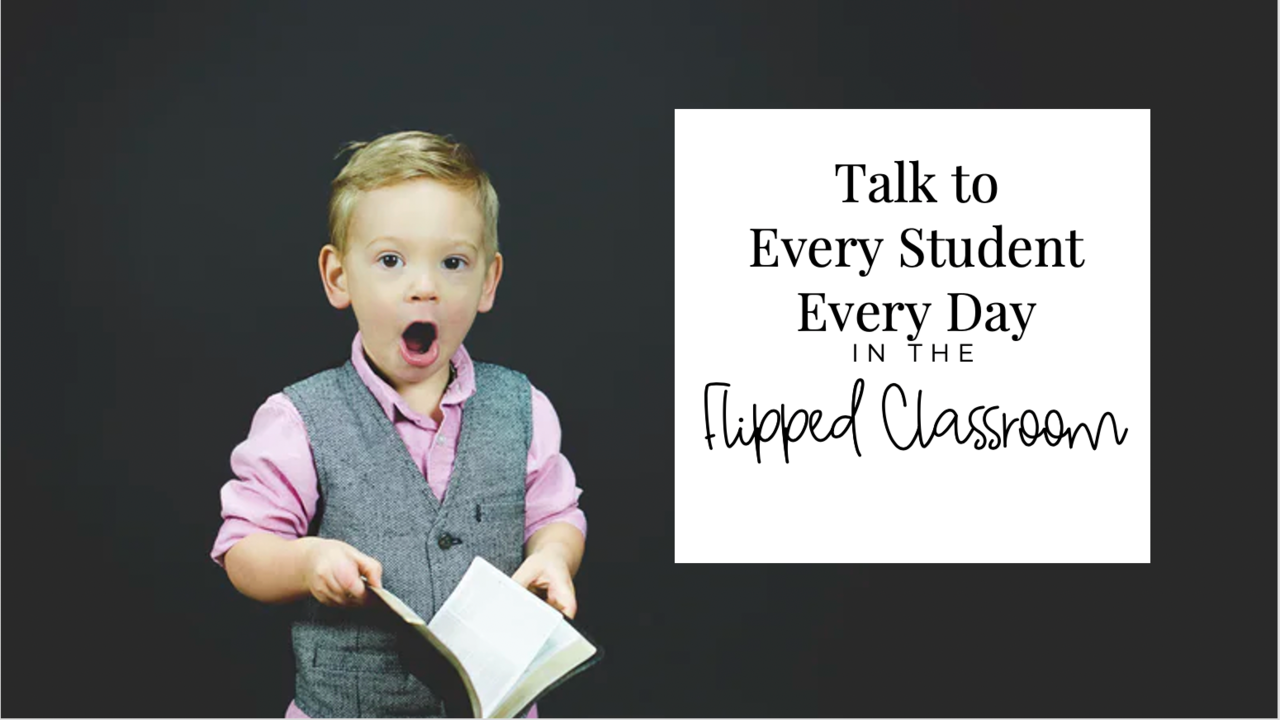
Talking to students.
Who would've thought teachers would be craving such a simple, what was an everyday occurrence?
At the time this post is published, it will be exactly two months since the month of Ohio, where my family and I live, teach, and raise our kiddos, declared school doors would be closing for the foreseeable future.
In those two months, teachers started distance learning by frantically getting their classrooms mostly accessible online. Then teachers were hit with the harsh reality that many, and sometimes most of their students are not working remotely or even at all reachable. And now, as we are broken-hearted over the harsh reality that although distance learning has (and still is) saving lives, it is widening the achievement gap that we all personally trying to overcome minute-by-minute, day-by-day inside of our normal teaching lives.
We, teachers, are the ones who know the names of the statistics inside the achievement gap.
And we are screaming from the roof top...
The "99% Advantage" of the Flipped Classroom
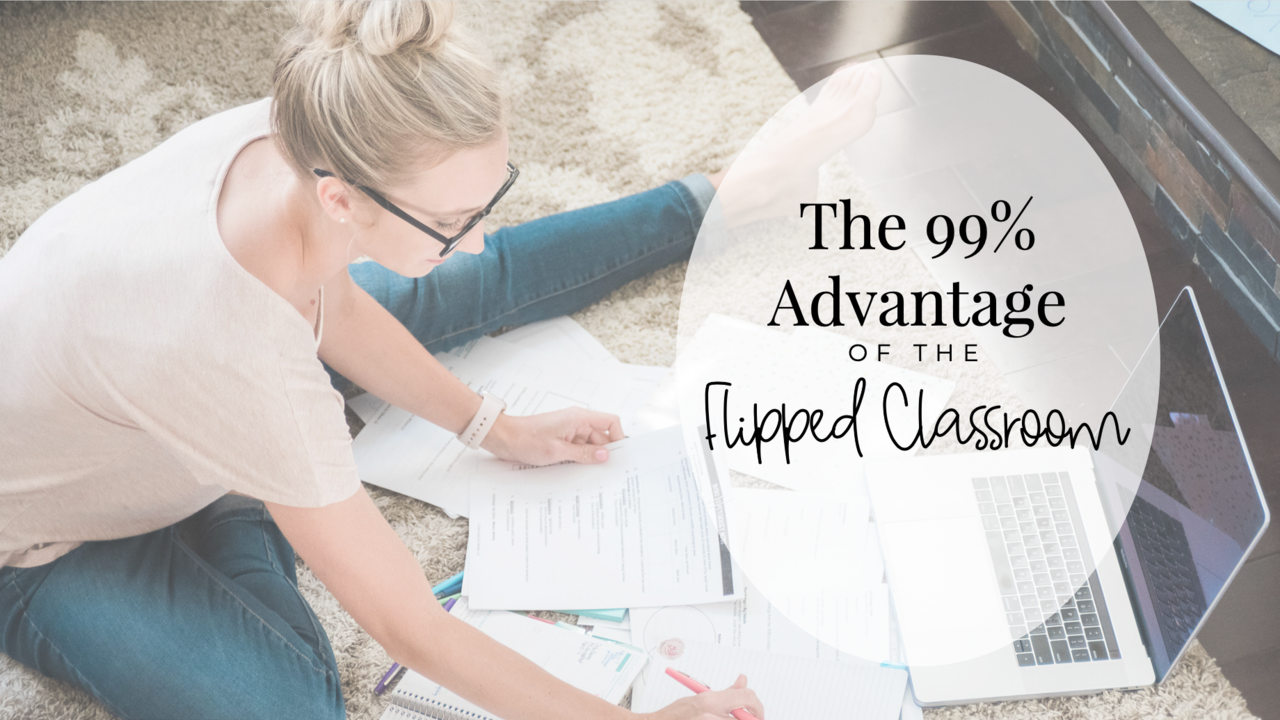
In a time of distance learning where teachers are flying by the seat of their pants, and essentially building the plane while in the air when it comes to teaching online, we all are feeling the effects of working our butts off and yet not having the same impact we did when in the classroom.
Except for flipped classroom teachers.
Teachers who had previously flipped their classrooms, in many ways were prepared for a unpredictable setting like this one, as well as their students, because of how the flipped classroom functions.
Please hear me when I say that I am not trying to throw flipped teachers' success during distance learning in the face of teachers who had not previously flipped. NOT AT ALL. I'm not here to shame or guilt anyone (see my posts on these topics here and here).
But I do want to use those teachers who had flipped before the pandemic-induced school closures as a story of success when it comes to building accessible and sustainable classrooms. And there's a HUGE re...
Why Flipping is the Answer During COVID-19 Distance Learning

A few weeks ago when the world seemed to all but shut down completely - I admit that statement seems a bit dramatic given all major media companies including the life-giving Netflix and Disney+ are still available, but when schools shut down, to me, that seems like a pretty big shut down and huge shift for most homes - teachers lives shifted in a way unique to few other occupations.
Instead of just spending time at home, teachers are sometimes working more hours than they were in the classroom given the new demands of distance learning and all that it takes to meet each of their students' needs while not in their physical presence.
This is not a newsflash for anyone reading this blog right now.
I state the obvious, though, because I want to put a stake in the ground here and say something that I hope all teachers hear and ponder for a bit before eventually responding, and ultimately making a slight shift that will benefit them in the long run.
In all this work you're doing right no...
Teaching Online and Working from Home: Strategies to do BOTH
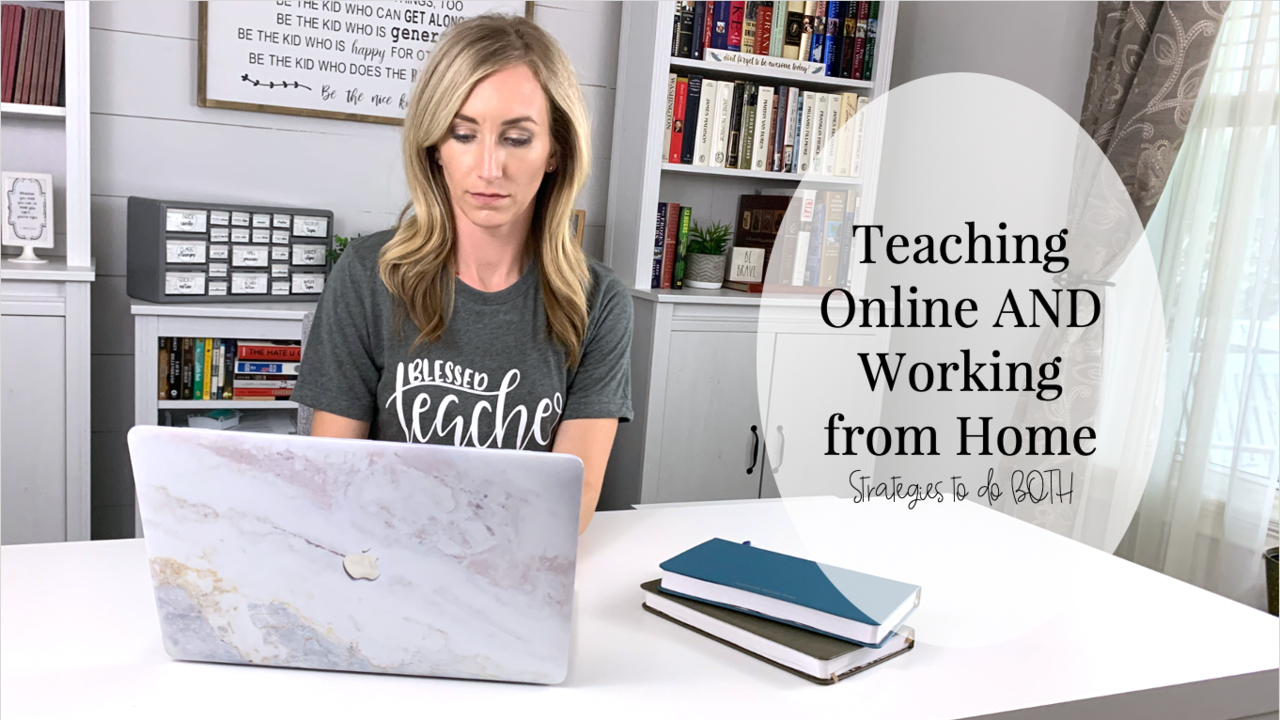
Within about one week’s time, the entire nation’s population of teachers went from teaching in-class to teaching online. Take into account the varying degrees of tech-experience amongst teachers, some who have built online lessons for years and others who still keep a paper-pencil gradebook, and we’ve got ourselves a uniquely exhilarating and terrifying situation when all the nation’s schools simultaneously closed their doors.
In this post, my goal is to put words to what most teachers are experiencing right now as they wrap their minds around the molded-together, modge-podge position they now hold as an online, work-from-home teacher. Identifying what we are experiencing is the first step, but then I hope to provide effective and efficient strategies for this new dual role.
A Message For Teachers
I want to take a moment and give a huge shout out to all teachers. Because we have a career in common, you are my people, and today I stand incredibly proud of my profession and those ...


